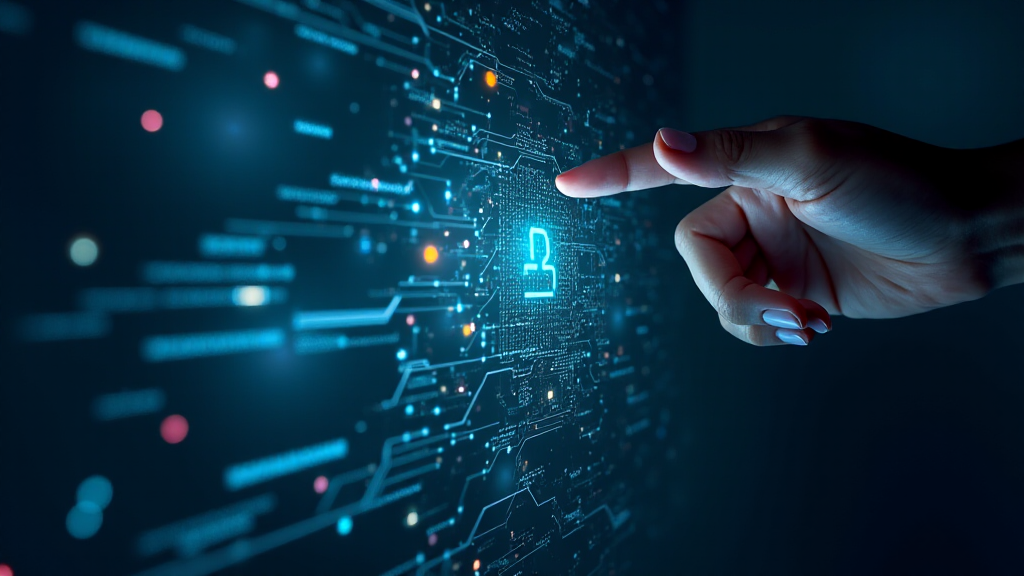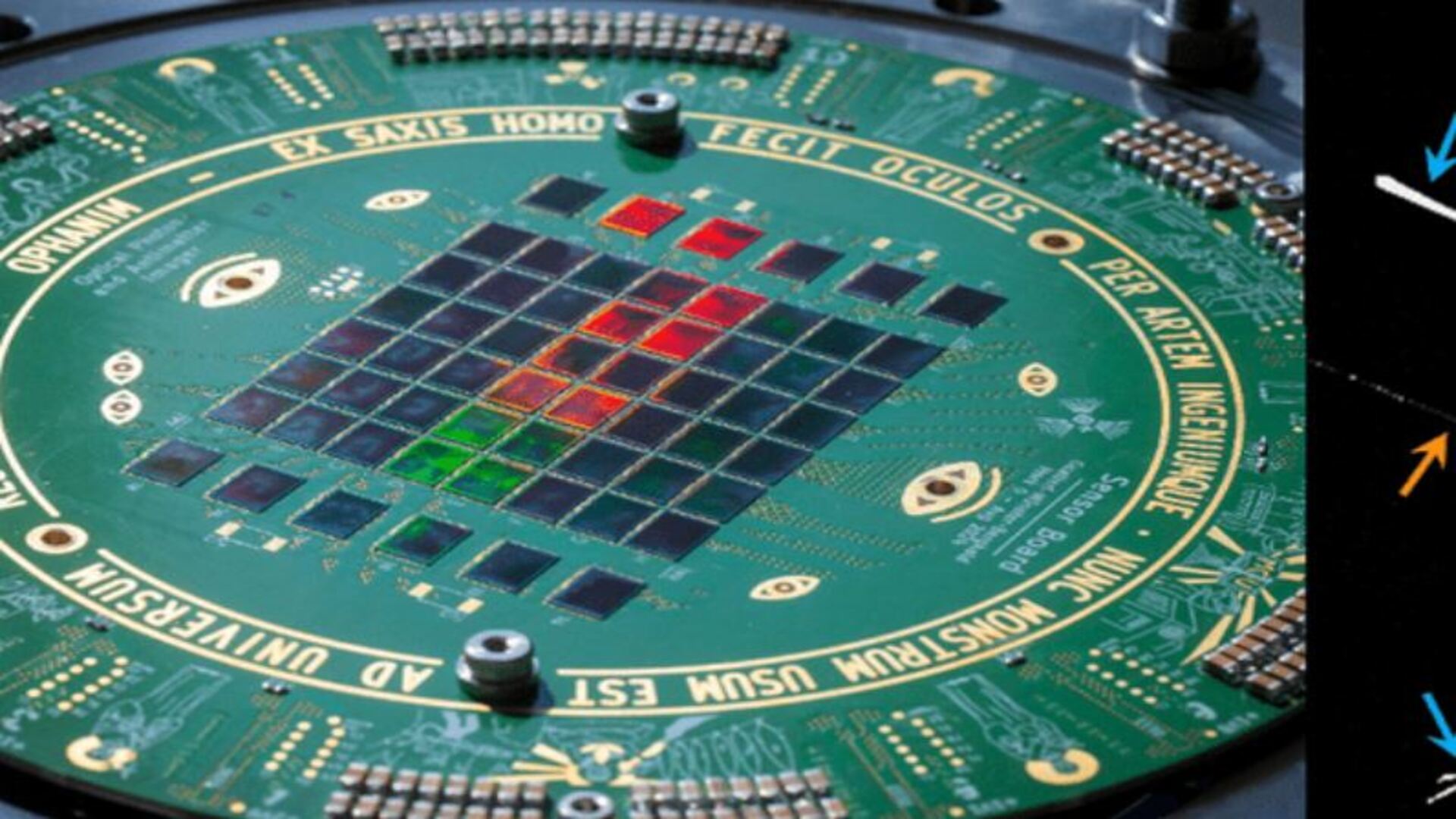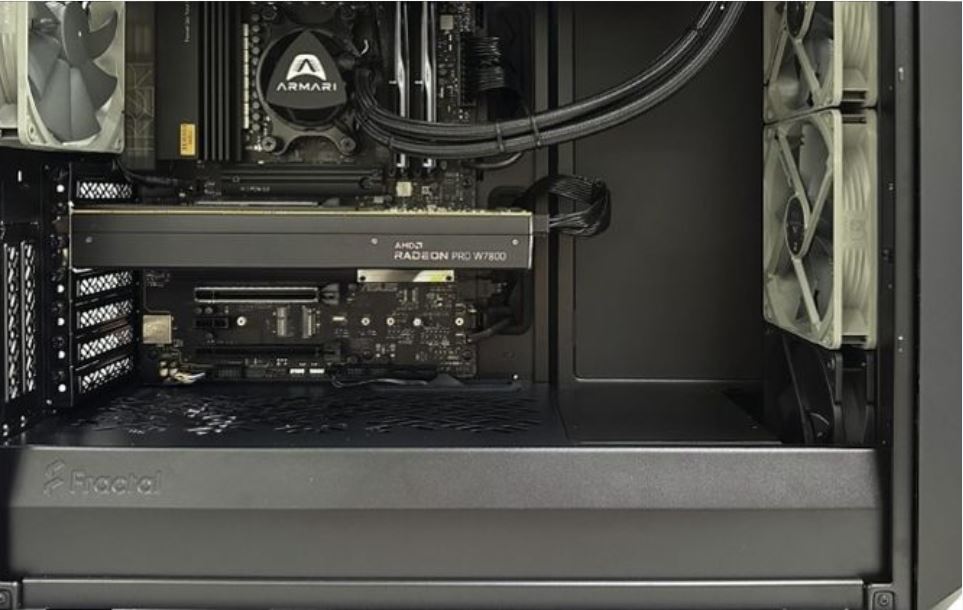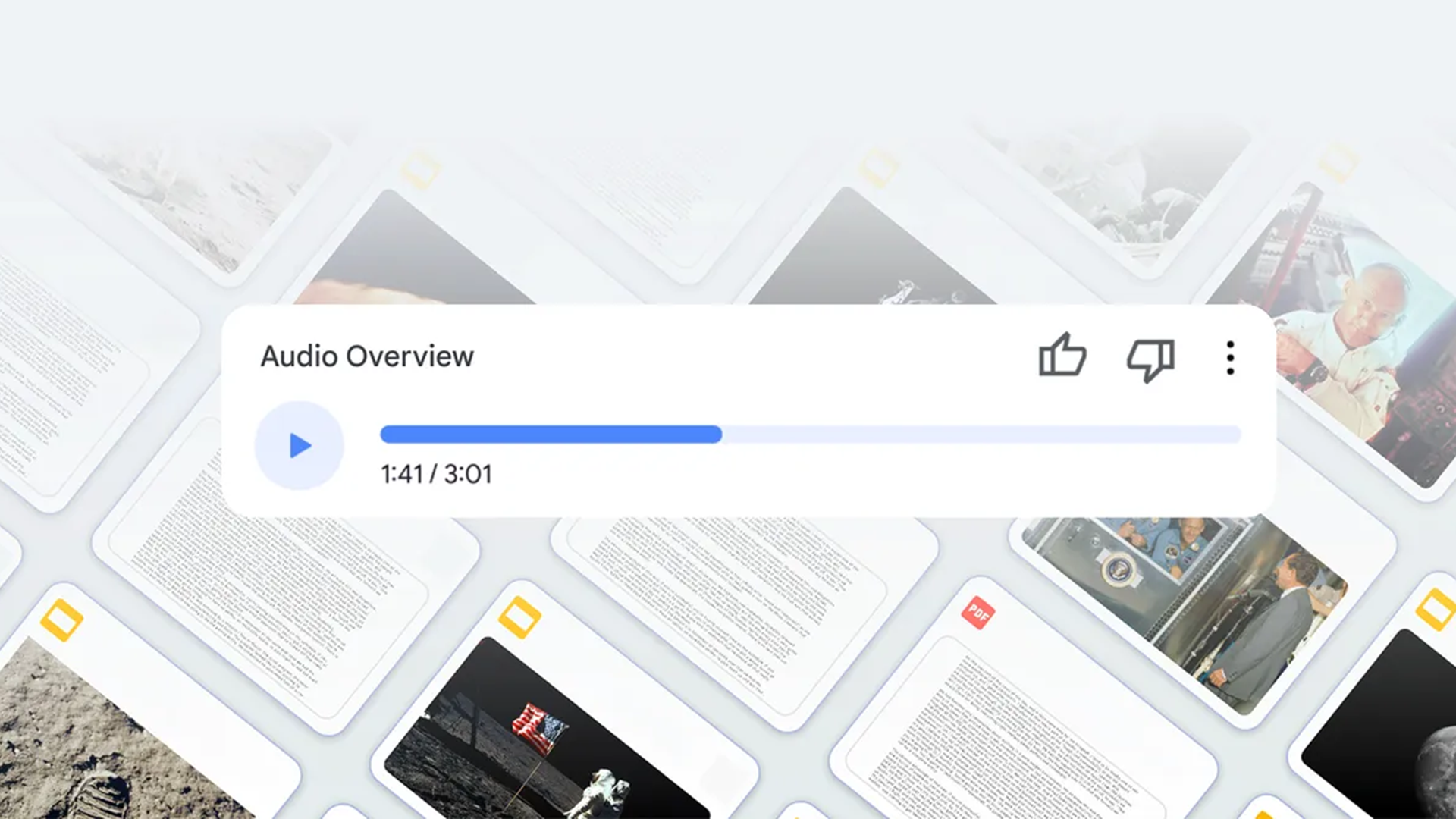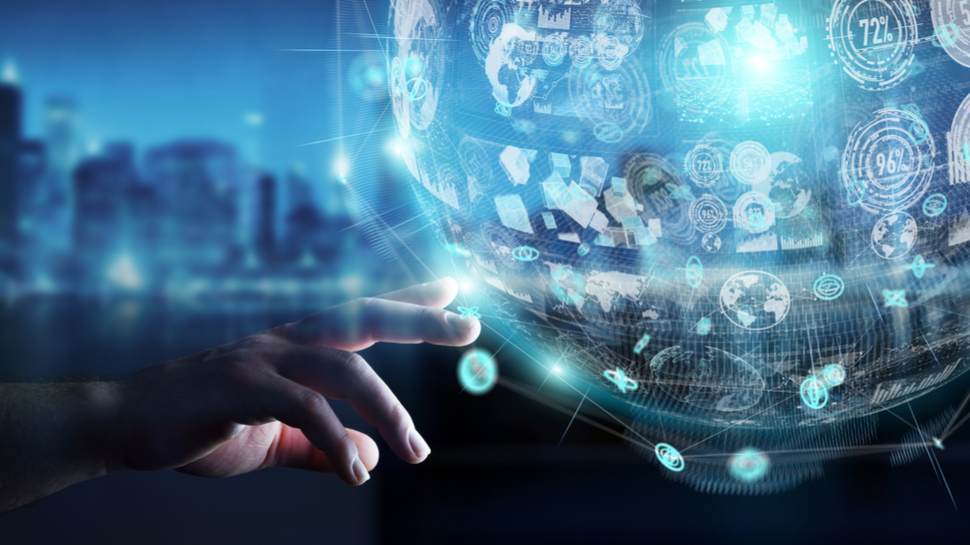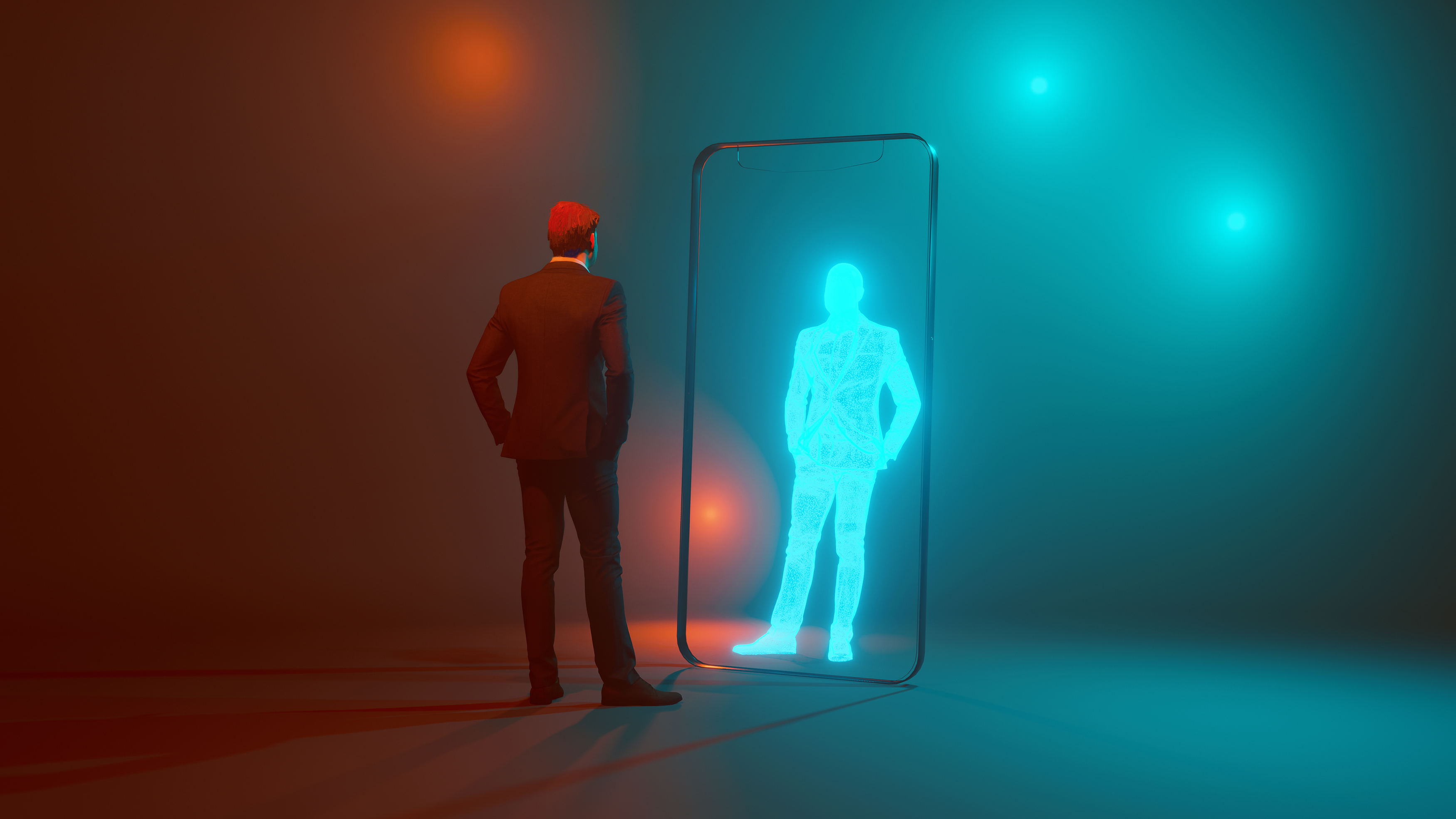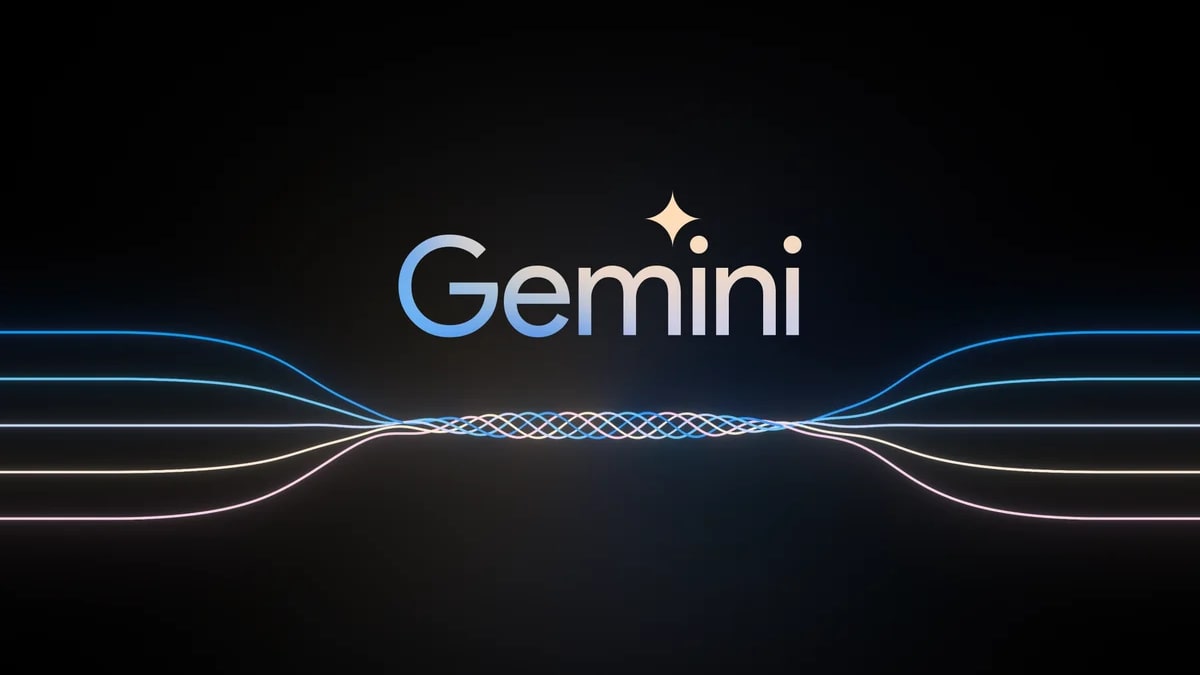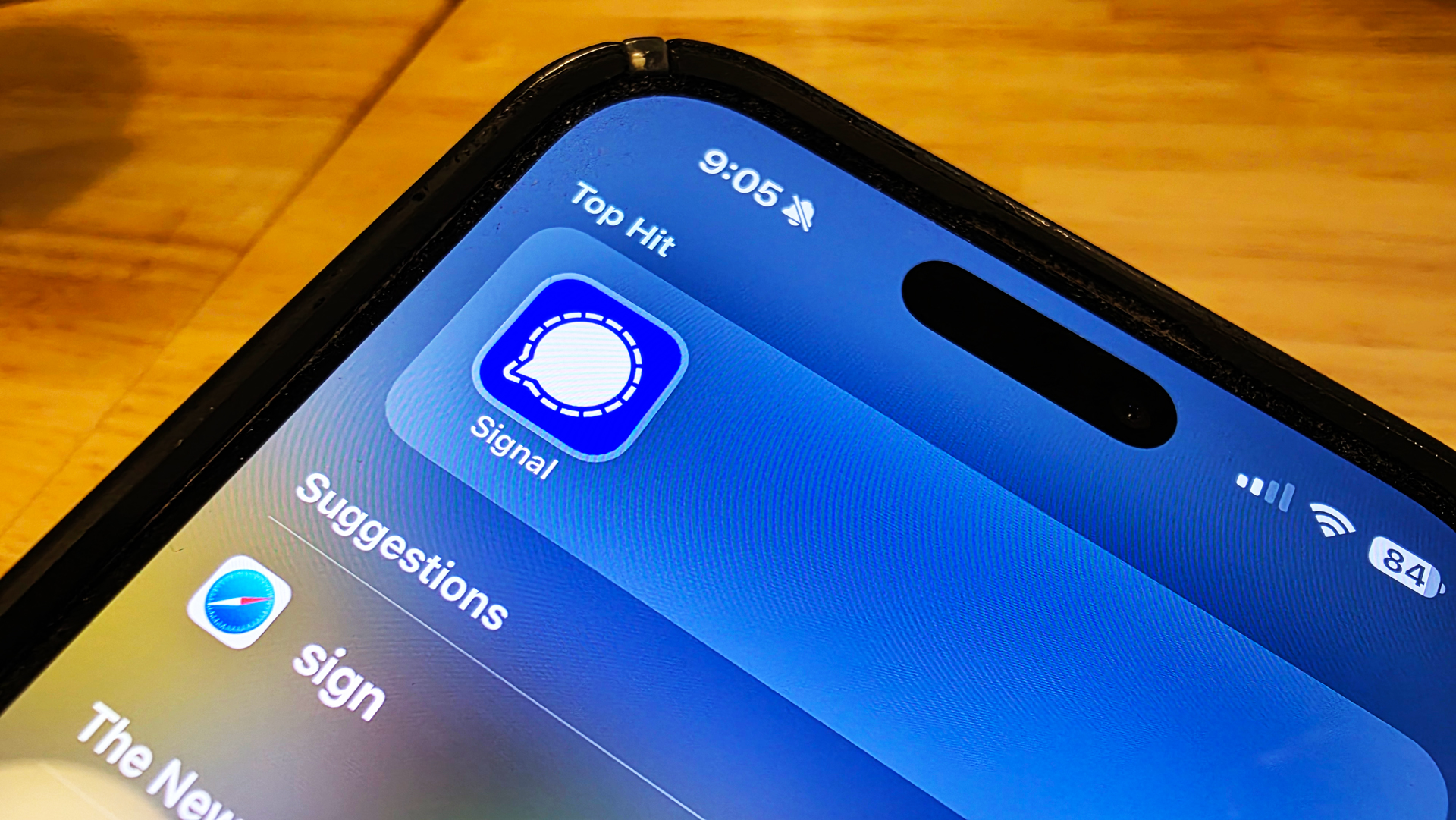Better together: AI, no-code, and the human workforce
The AI boom took the world by storm. Does it have the power to take our jobs?
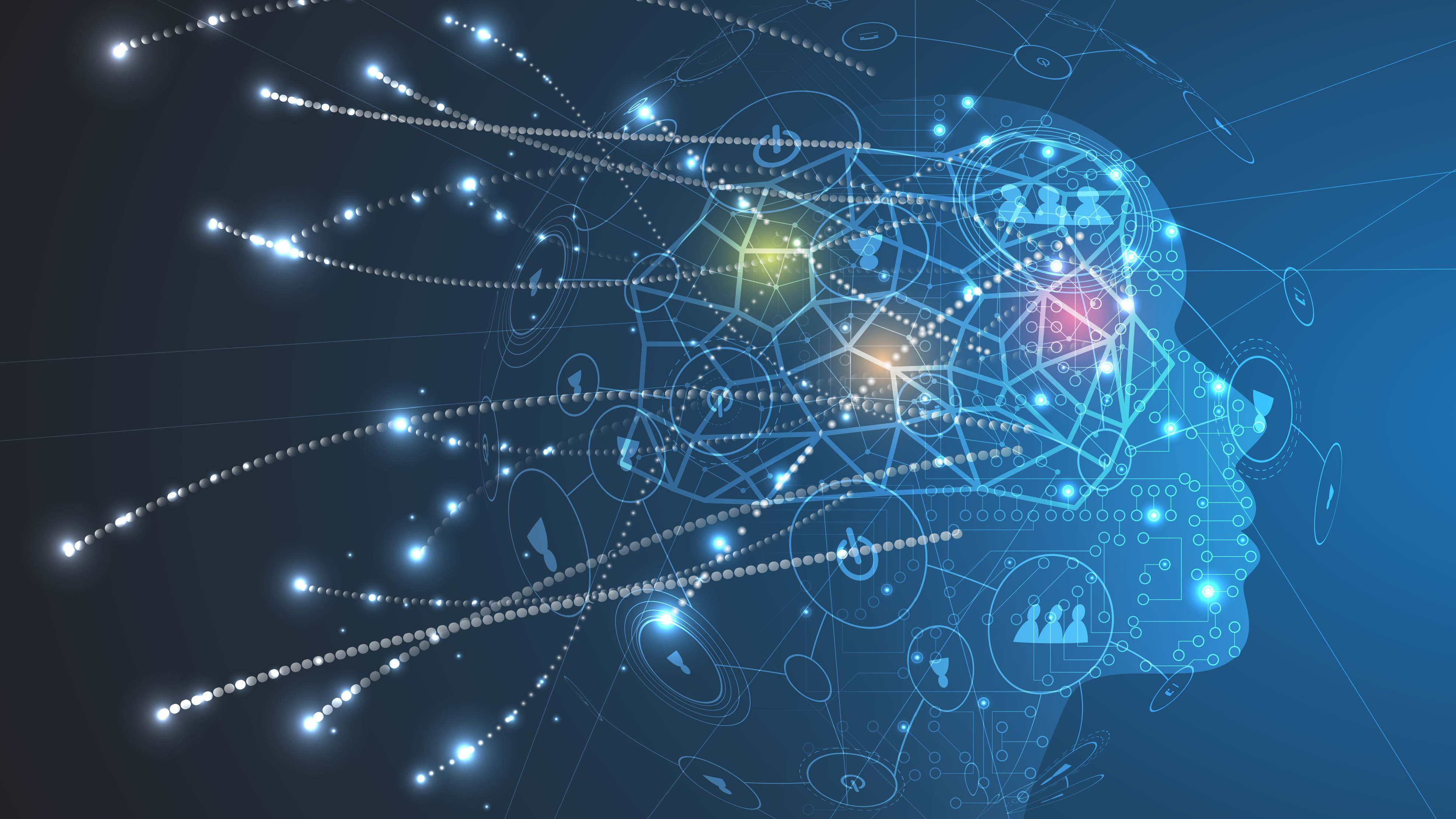
In 2022, the AI boom took the world by storm, sparking up conversations about its impact on society and asking the burning question: Does it have the power to take our jobs?
McKinsey conducted a study on the topic of AI and its potential consequences for the human workforce, concluding that 15% of the global workforce may have their job replaced by AI come 2030. This justifiably raised concerns about job displacement, particularly in sectors where generative AI has shown significant potential, such as customer service, digital marketing, and data entry. Two years down the line, the initial buzz and clamor has calmed down — but the question still stands. While headlines continued to paint a grim picture of a workforce rendered obsolete, this narrative overlooks a crucial element; the potential for AI to empower humans and free them up to fully apply their creativity to create new opportunities.
The truth is: there’s no black-and-white answer. The reality is a more nuanced picture. To truly unlock the potential of AI in the working world, there needs to be a shift in perspective in how we think about work.
Global VP of Product Marketing and Strategy at Creatio.
What does AI mean for workforces?
Historically, technological advancements have led to new jobs and industries. For instance, when the internet was first formed, 500,000 jobs had been destroyed, but generated a net total of 1.2 million new opportunities — more than doubling the number of roles lost. The same logic applies to AI.
The momentum to push AI as a tool for businesses is timely, as the dust settles on the Autumn Budget Statement which disappointed many UK tech leaders. With AI investment initiatives already pausing earlier this year, the announcement once again neglected to fulfill its promise set out in the last statement, running the risk of stalling and falling behind in the race to harness the power of AI. With the government slow to step up, ultimately, the buck stops with businesses — not government spending — to drive AI adoption. This means reimagining the future workforce, applying AI’s immense potential to augment human capabilities, rather than simply replacing them, as fear-mongering media narratives suggest.
The reality of AI
AI and automation are working hand-in-hand, transforming the workplace by significantly reducing repetitive, manual tasks. Arduous data entry processes can be automated, complex calculations can be performed in seconds, and reports can be generated. Though minimal human intervention is required, it’s key to recognize that this doesn’t take specialists out of the picture; it only works to empower them further. By allowing employees to focus on higher-level strategy, creativity, and relationship building, the impact of AI is fundamentally changing how existing jobs are performed, making them more efficient and productive, rather than bogged down in manual data analysis.
What’s more, AI is already creating new job opportunities, particularly in fields related to AI development, implementation and maintenance. We're seeing a rise in new roles like AI trainers, ethicists, and prompt engineers, jobs that didn't exist just a few years ago. This highlights how AI isn’t merely automating existing tasks but also creating entirely new avenues for employment.
The trifecta for success: AI, no-code and the human workforce
Alongside the rise of AI, another workforce transformation is brewing: No-code technology.
AI has offered tremendous advantages for breakthroughs in innovation, but many businesses have been slowed because of the required technical experience and a shortage of AI-trained developers. No-code essentially takes a less technical approach to AI software development that democratizes technology, allowing non-IT employees to build AI-powered applications without extensive programming skills. With enhanced accessibility, businesses are empowered to take coding and development into their own hands. Individuals can build and deploy flexible AI applications that automate workflows, build custom solutions, and enhance overall efficiency, regardless of their programming background.
Automation equals time saved, freeing both developers and business users up for higher-value tasks and fostering a stronger culture of innovation. The combination of AI plus no-code is also tilting the balance away from shrink-wrapped, vanilla off-the-shelf software and increasing the trend again towards highly customized AI-infused apps. Customers have been trained to avoid customizing packaged software because they wanted to lower the cost and complexity they would face if they did so. However, AI + no-code represents a new alternative that offers the best of both worlds – you can tailor the process and app to your needs, but without the cost and risk.
John Bratincevic, Principal Analyst at Forrester Research puts it this way: “There are good reasons for this. When practical, fit-to-purpose software is best. And the lower cost, risk, and lead time of low-code development — coupled with an expanded developer pool, easier integration, management of apps on a common platform, leveraged licensing, etc. — makes it much harder to justify off-the-shelf software licenses and vendor sprawl. AI-powered enterprises will “build” software instead of “buy” it — and many applications in enterprise portfolios will consolidate onto low-code AppGen platforms.”
While no-code makes complex technology accessible, AI also brings new intelligent automation and data-driven insights to the table. By forging these two tools together, businesses can form a powerful combination that reshapes and transforms the capabilities of the human workforce. This synergy can play out in a variety of ways. One example includes data visualization dashboards, where AI analyses data and extracts valuable insights to be displayed on a no-code-built dashboard; then acts upon this by having an AI agent or AI-powered workflow automate the necessary updates to systems, documents or taking action on the user’s behalf. While AI and no-code may accelerate developing new apps, the role of human analysts play a crucial role in interpreting those insights, identifying patterns, and making strategic decisions and actions (supported by AI) that strengthen the organization's bottom line.
By embracing technologies like AI and no-code, organizations can unlock greater potential from the workforce and work toward a future where technology and people thrive together — not compete for the flag at the top of the mountain.
The future is now
While the uncertainty surrounding AI’s role in replacing jobs remains strong, the future of work is not pre-determined. This is just the beginning of a long journey ahead. The onus is on businesses to lead the way in ethical and strategic AI development, while embracing new technologies such as no-code to unleash an unprecedented level of efficiency and enable the workforce to flourish.
We've featured the best AI website builder.
This article was produced as part of TechRadarPro's Expert Insights channel where we feature the best and brightest minds in the technology industry today. The views expressed here are those of the author and are not necessarily those of TechRadarPro or Future plc. If you are interested in contributing find out more here: https://www.techradar.com/news/submit-your-story-to-techradar-pro
Are you a pro? Subscribe to our newsletter
Sign up to the TechRadar Pro newsletter to get all the top news, opinion, features and guidance your business needs to succeed!
Global VP of Product Marketing and Strategy at Creatio.
You must confirm your public display name before commenting
Please logout and then login again, you will then be prompted to enter your display name.
